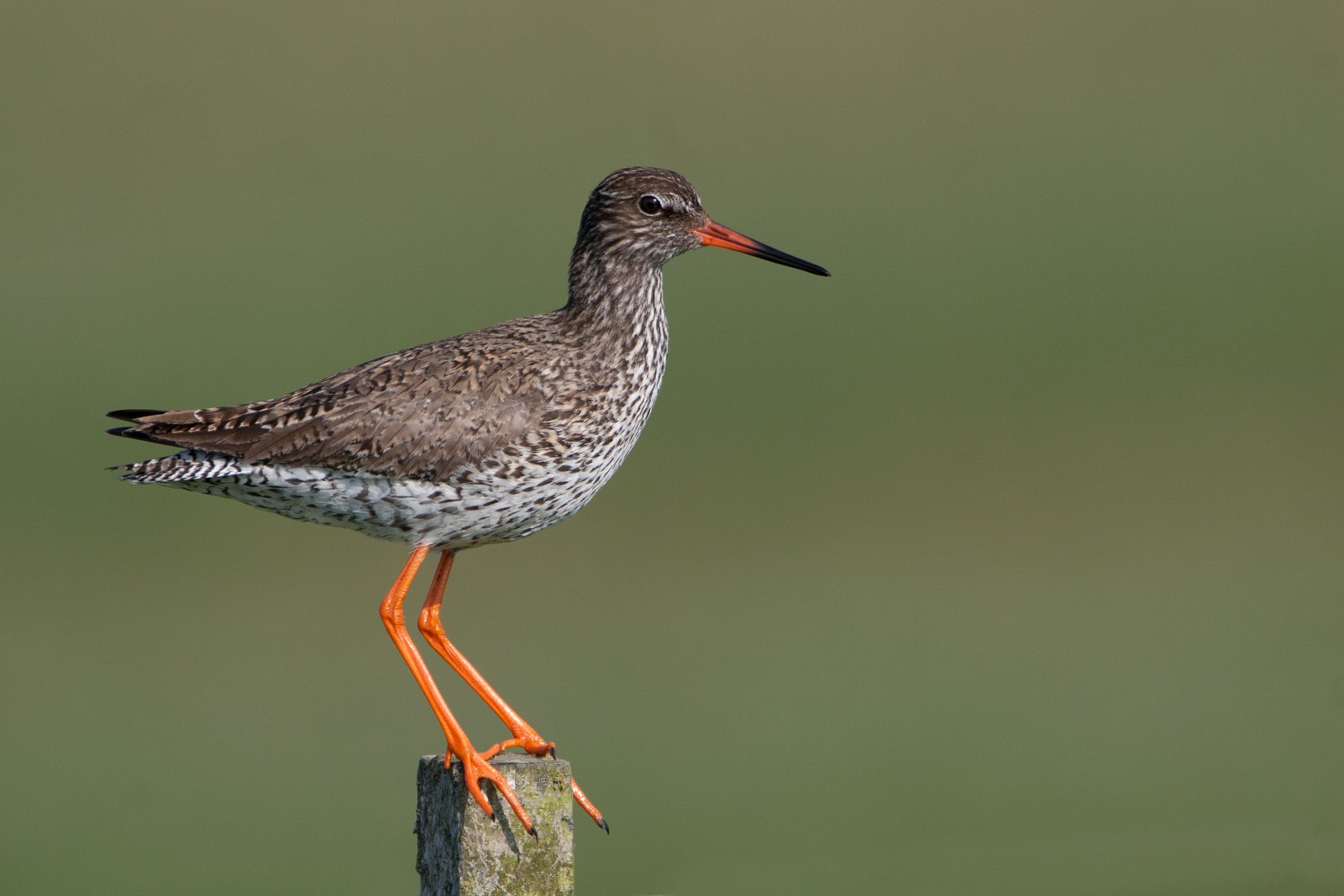Charger images
Les formats d'image autorisés sont de type jpeg, png ou gif
La taille maximale du fichier doit être de 20MB


Marsh area of major importance for breeding birds, especially waders and wildfowl. Other habitats are grassland and ditches.
Cattawade Marshes lie at the head of the Stour Estuary, between freshwater and tidal channels of the River Stour. These grazing marshes with associated open water and fen habitats are of major importance for the diversity of their breeding bird community. Cattawade Marshes is an 88.3 hectare biological Site of Special Scientific Interest. There is no public access allowed. But the footpath on the south side of the river allows excellent views of the reserve and all its wildlife. In spring and summer you can see Vanneau huppé, Chevalier gambette and Huîtrier pie. Petit Gravelot and Tadorne de Belon nest on the relict seawalls. Marshy pools and a system of dykes within the grassland, together with dense riverside vegetation, provide further nesting habitats, most notably for Canard souchet, Sarcelle d'hiver, Fuligule morillon and Râle d'eau. During winter the area holds about 1500 Sarcelle d'hiver and Canard siffleur and a couple of hundred Vanneau huppé and Bernache cravant. On average, Cattawade Marshes holds around 10 per cent of the wintering birds on the entire Stour Estuary.
Park at Manningtree railway station, on the A137 between Ipswich and Colchester. Or park at the picnic site on B1070 c.100m from A137 Brantham Roundabout and walk along A137 towards Manningtree. Follow the signposted public right of way along the south shore of the tidal river Stour. A really enjoyable circular walk of 5 km is available from Manningtree railway station (see the map). Allow 2-3 hours to fully enjoy the experience.
Votre feedback sera transmis à l’auteur.rice de cette zone et à l’équipe éditoriale de Birdingplaces, qui l’utiliseront pour améliorer la qualité des informations. (Vous souhaitez publier un commentaire visible en bas de page ? Fermez cette fenêtre et choisissez l’Option 1 : « Publier un commentaire, un conseil ou une observation ».)
Veuillez fournir des suggestions d'améliorations ou d'ajouts au texte de ce site ornithologique.
Veuillez fournir vos suggestions d'améliorations ou d'ajouts à la carte.
Veuillez fournir des suggestions d'améliorations ou d'ajouts à la liste des oiseaux.
Cliquez sur l'icône de l'oiseau () Insérez les noms d'oiseau dans votre langue. Ils seront automatiquement traduits pour les autres usagers !